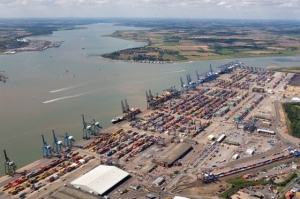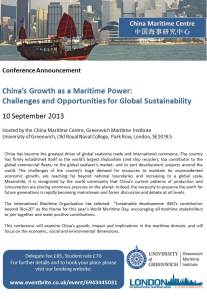Do you know about the Sailors Society??
We have recently been looking at the work this organisation does for seafarers and below are some details on the fantastic work they do.
Did you know…
Over 90% of the world’s trade is transported over the sea. But who are the invisible people that get it from here to there? And why should you care?
How about these reasons:
- 1.5 million men and women are working at sea.
- They are away from home and family for 9-12 months.
- 81% of them can’t access email to check on loved ones for the whole time they are at sea.
- Their families won’t know for weeks if they are abandoned in a foreign port, have a serious accident on board ship or are attacked by pirates.
- The chair you’re sitting in, the screen you’re reading this on and the clothes you’re wearing probably all got there thank to seafarers like them.
The Sailors Society held out a hand to more than 345,000 seafarers last year.
What do the Sailors Society do?
A PERSONAL LIFELINE FOR MERCHANT SEAFARERS
The Sailors Society maintain a staff of professional chaplains who offer the hand of friendship, pastoral support and practical welfare help to seafarers the world over.
Their chaplains visit thousands of ships and ports each year in order to reach as many seafarers as possible. They seek out seafarers’ families, ex-seafarers and seafarers in hospital or prison on shore and help wherever needed.
The seafarers’ centres are a place to go in a foreign port, a welcoming home from home. Our chaplains are a family for those who feel lost and lonely.
To seafarers they bring:
- Means of communication – international SIM cards, access to Skype and email so that seafarers can contact their families and loved ones.
- Transport – to local amenities, shops or just a green space.
- Local knowledge – maps, port directories and currency to help seafarers find their feet in new places.
- God’s love – worship services on-board and on shore, prayer with groups or individuals and companionship.
- A patient ear – listening to troubles held onto over the long voyage and providing solace.
- Relief from poverty – financial aid when times are hard, when seafarers find themselves stranded, out of work, or injured.
- A voice – mediation between the seafarer and the authorities and unions, flagging up concerns so that a troubled seafarer is not overlooked.
- To families of seafarers they bring:
- Relief from poverty – practical and financial aid when times are hard, when seafarers find themselves stranded, out of work, or injured.
- Unconditional friendship – when the agony of separation is too much to bear, when there has been no word of safe arrival, when a seafarer is lost or in danger.
- Education – for the children of out of work seafarers, or aspiring seafarers living in poverty.
Below is an overview Statistics from a typical year in our ministry
Below is a vidoe talking to the Sailors Society our port chaplain Phil Denyer about what donators support means to the seafarers that come into ports in South Wales
Click here to find out more about where the Sailors Society about their work or click here to donate



